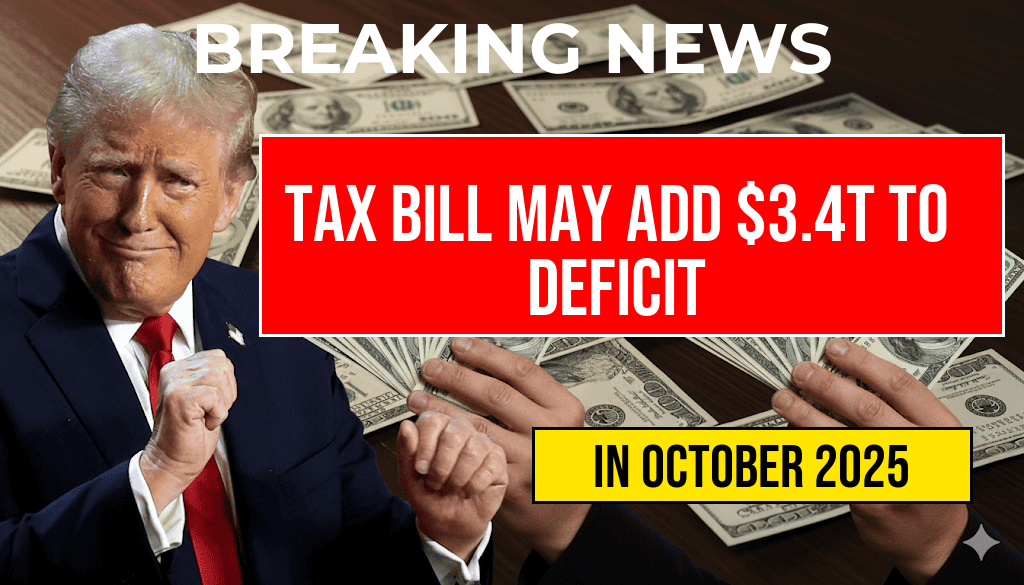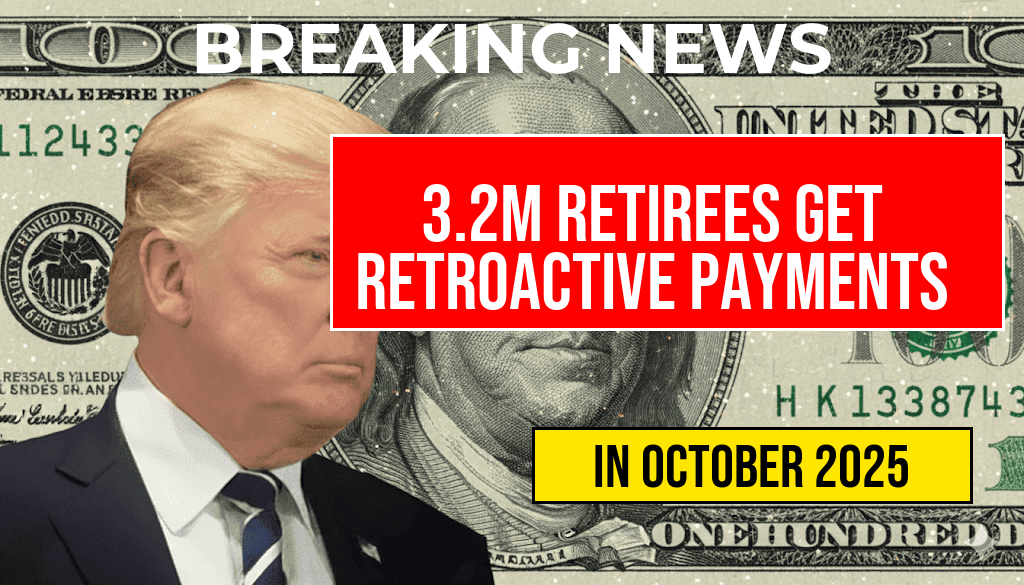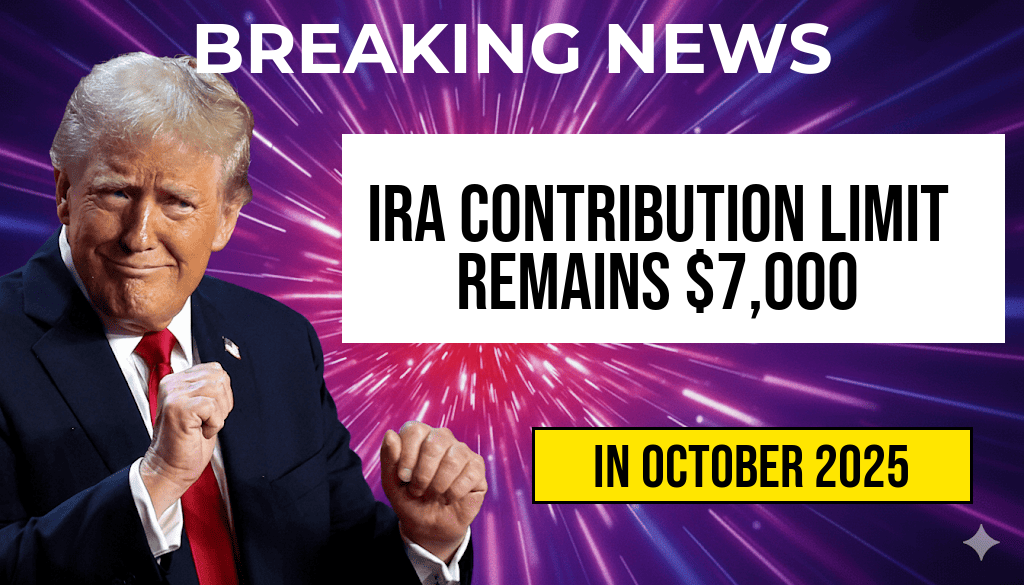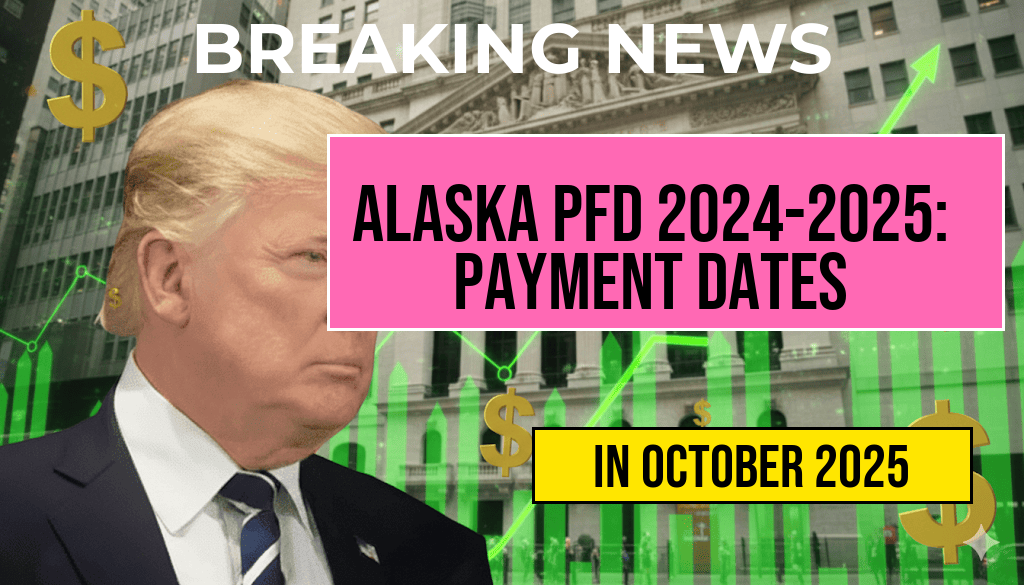Amid ongoing debates over fiscal policy, a new legislative proposal dubbed the “One Big Beautiful Bill” has sparked widespread concern among economists and taxpayers alike. Critics warn that if enacted as currently drafted, the bill could significantly inflate the federal deficit by approximately $3.4 trillion, raising questions about its long-term economic impact. The proposal aims to overhaul multiple sectors, including tax policies, social programs, and infrastructure spending, but its potential to exacerbate national debt has become a focal point of contention. As lawmakers grapple with balancing economic growth against fiscal responsibility, the proposed bill’s implications for future budgets and government borrowing are drawing sharp scrutiny.
Understanding the Scope of the Proposed Legislation
What Does the ‘One Big Beautiful Bill’ Include?
- Tax reforms: A comprehensive overhaul of income tax brackets, aiming to provide relief for middle-income families while closing certain loopholes for high earners.
- Social program expansions: Increased funding for healthcare, education, and social services, intended to address longstanding disparities.
- Infrastructure investments: Significant allocations toward transportation, clean energy, and broadband expansion projects.
- Regulatory adjustments: Easing restrictions on industries such as fossil fuels and manufacturing to stimulate growth.
Projected Economic Outcomes
Proponents argue that the bill’s multifaceted approach could invigorate economic activity, create jobs, and modernize infrastructure. However, independent analyses suggest that the fiscal cost might outweigh short-term benefits, especially if revenue projections fall short of expectations or if economic growth falters amid increased government expenditure.
Cost Analysis and Potential Impact on the Federal Deficit
Estimating the Fiscal Gap
| Component | Estimated Cost (in Trillions of Dollars) |
|---|---|
| Tax Cuts and Credits | $1.2 |
| Expanded Social Programs | $1.0 |
| Infrastructure Spending | $0.7 |
| Regulatory Easing | $0.2 |
| Total | $3.1 |
While these figures represent estimates, analyses by fiscal watchdogs suggest that the bill’s total cost could approach $3.4 trillion over a decade when accounting for ancillary expenses and potential economic offsets. The Congressional Budget Office (CBO) has yet to release a comprehensive score, but early projections indicate a substantial increase in the federal deficit, raising concerns about debt sustainability.
Reactions from Economists and Policymakers
Concerns Over Rising Debt
Leading economists warn that a deficit increase of this magnitude could have ripple effects across the economy. Dr. Lisa Carter, a senior fellow at the Cato Institute, emphasizes that sustained borrowing to cover the bill’s expenditures might lead to higher interest rates and crowd out private investment.
Political Divisions and Budget Priorities
Lawmakers remain divided over the bill’s merits, with some Democrats highlighting its potential to address inequality and infrastructure needs, while many Republicans criticize the fiscal irresponsibility and potential for ballooning national debt. Budget hawks argue that the bill’s cost outweighs its benefits, urging for reforms that prioritize deficit reduction.
Implications for Future Fiscal Policy
Debt Ceiling and Fiscal Discipline
The proposed increase in the deficit comes at a time when political debates over raising the debt ceiling are intensifying. If the bill passes without accompanying measures to offset costs, it could accelerate the push for higher borrowing limits, complicating efforts to maintain fiscal discipline.
Long-Term Economic Stability
Experts caution that unchecked deficit growth might undermine economic stability, especially if compounded by rising interest payments and decreased investor confidence. The Congressional Budget Office warns that persistent deficits could hamper the government’s ability to respond to future crises or fund essential services.
Next Steps and Public Discourse
As the legislative process unfolds, stakeholders across the political spectrum are calling for detailed cost analyses and transparent budget scoring. Public opinion remains divided, with some citizens supporting increased investment in social and infrastructure programs, while others emphasize the importance of fiscal conservatism.
Additional information on federal budget projections and economic analyses can be found at Wikipedia’s Federal Budget article, and recent reports from the Forbes provide insight into policy debates surrounding the bill.
Frequently Asked Questions
What is the main concern raised in the article titled “Taxpayer Alert: The ‘One Big Beautiful Bill’ Could Increase the Deficit by 3.4 Trillion Dollars”?
The primary concern is that the ‘One Big Beautiful Bill’ could significantly increase the national deficit by approximately 3.4 trillion dollars, potentially impacting the country’s fiscal stability and economic health.
How might the proposed bill impact the United States’ federal budget?
The bill is projected to add 3.4 trillion dollars to the federal deficit, which could lead to increased borrowing, higher interest rates, and long-term fiscal challenges for the U.S. government.
Why are taxpayers urged to be cautious about the ‘One Big Beautiful Bill’?
Taxpayers are urged to be cautious because the bill’s potential to significantly increase the deficit might result in future tax hikes, reduced public services, and economic instability that could affect everyday Americans.
What are the potential economic implications of a $3.4 trillion deficit increase?
An increase of this magnitude could lead to inflation, higher interest rates, and decreased investor confidence, which may hamper economic growth and affect employment and savings.
Are there any recommendations for taxpayers regarding this bill?
Taxpayers are advised to stay informed about legislative developments and to consider the potential fiscal impacts when planning their finances, as well as to advocate for responsible fiscal policies that prevent excessive deficit growth.








